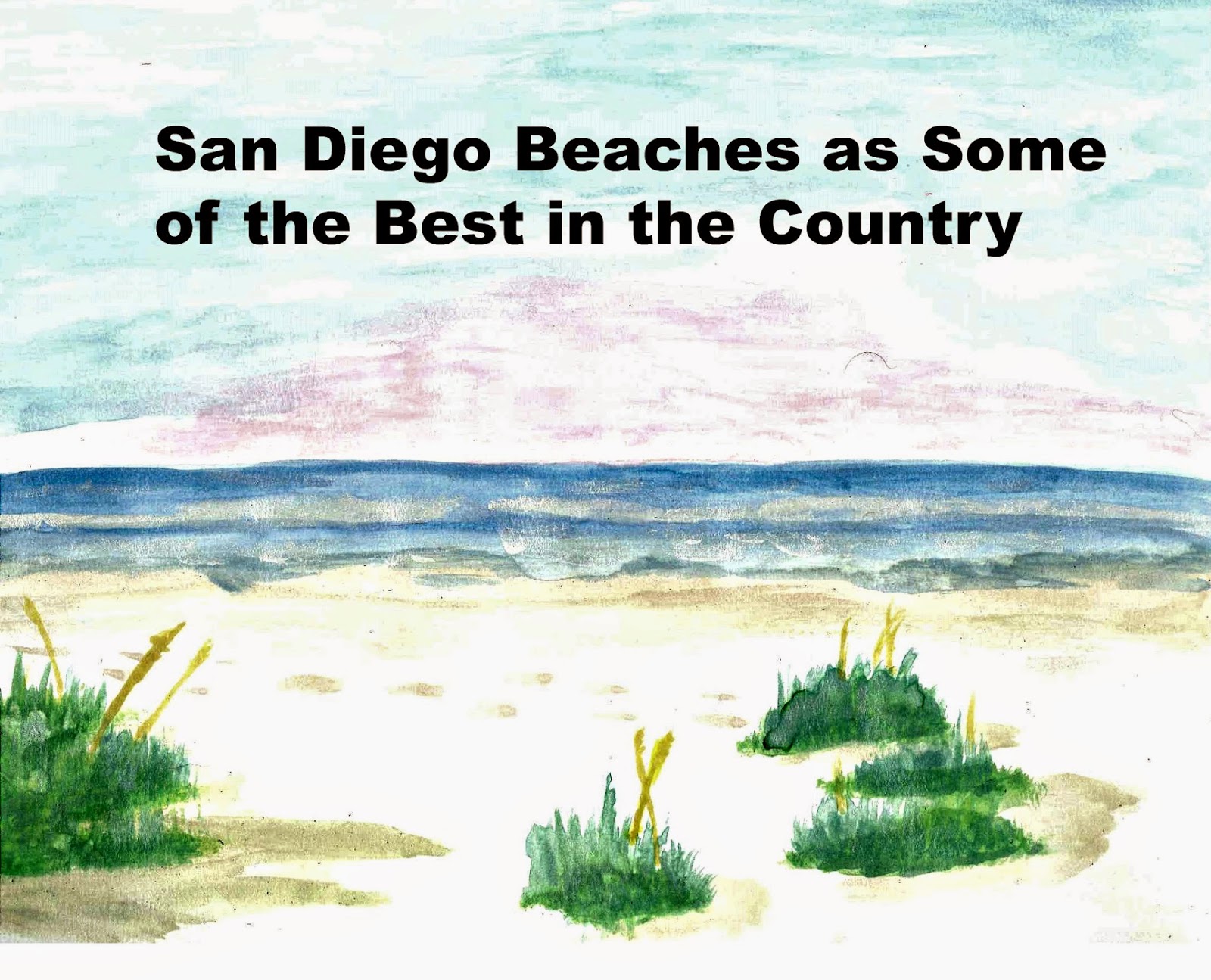The 4 P’s are a big part of marketing and have not lost their luster as a guide in the online world. The basic principles of Product, Price, Place and Promotion fits as easily in the virtual world as it does in print media. The changes have been subtle but profound as marketing experts went through a transition from thinking about physical space to virtual space.
On the Internet time and space no longer have same meaning as in the physical world. Products can be sent across the world, the business borders between nations are reduced, and the world is more integrated. Marketing changes to meet those new demands.
Product: There is no substitute for a solid product. In the online world how that product is displayed and described can have a large impact on customers abilities to understand it. Using an easy to understand description and pictures can make a big difference in helping customers visualize how the product will help them.
Price: The price of products is more competitive online due to easy comparisons at the click of a mouse. Physical locations have the ability to create price differentials but online products are compared instantly. Shipping costs are no longer a major expense with services like Amazon Prime.
Place: Even though the office may have a physical place the webpage has no place in particular. This means that someone can access the information and purchase products from almost anyplace on the globe. Where the business ranks on search engines will determine who and how many people frequent the site.
Promotion: In the online world promotion is about finding ways to draw in and connect to customers. Social media marketing, content creation, and pay-per-click ads are common methods. Businesses either purchase displays or create organic traffic through consumer comment and interest.

